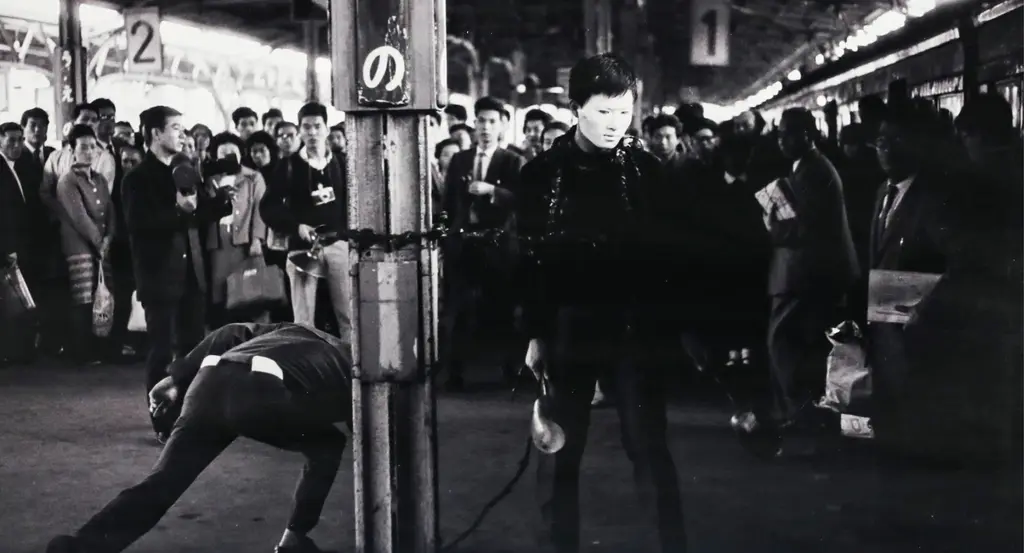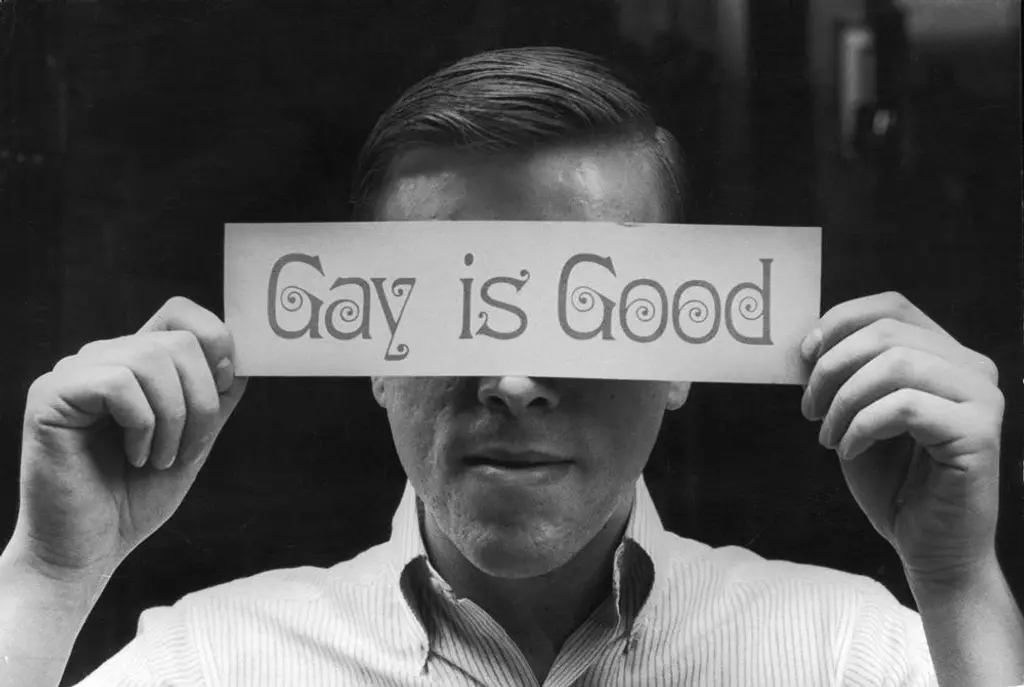Dreamy still-life portraits from around the world
- Text by Miss Rosen
- Photography by Evelyn Hofer

“It’s really a shame that photography was invented,” Evelyn Hofer is quoted as saying in the new book Evelyn Hofer: Encounters (Steidl). It’s a strange statement from a master of the medium, whose landscape, portrait, and still-life photographs immortalise the essence of her subjects.
Andreas Pauly, the executor of the Evelyn Hofer Estate, explains that Hofer’s perspective came as a result of her artistic practice: “She had some periods in her life where she was just painting, but then she gave it up again,” he explains. “She always said her main influence was painting and not photography. You can see that clearly in the way she treats the light.”

Springtime, Washington, 1965
Influenced by Dutch and Italian Renaissance painters, Hofer maintained friendships with artists of her era, most notably fellow German émigré Richard Lindner. She approached her compositions as a painter would, using a 4X5 camera, through which she saw the world upside down as an abstraction of light, colour, shape, and form.
“She wasn’t interested in the everyday life,” Pauly says. “She wanted to capture the everlasting; the eternal aspect of the city that existed for 500 years. She didn’t want to show cars or telephone poles; she wanted to do things that always were there.”
Hofer brought this approach to all of her work, whether photographing cities such as New York, Washington DC, Dublin, or Istanbul. Her encounters with these cities are portraits of a sort, the face of a place that reveals its character and heart.

Bowery, New York,1965
While accompanying Hofer to the Villa Medici in Rome on an assignment for House & Gardens magazine, Pauly noticed she went without her camera on the first day. “I was so surprised,” he recalls. “She said, ‘For me, the most important thing is the first impression. I want to get a feeling for a place. I’m not going there and starting to shoot like crazy. I want to feel what it’s about.’ Then only the next day we started to work with the camera.”
This depth of feeling towards her subjects is wonderfully resonant in her portraits. Whether photographing artists like Yayoi Kusama, Ed Ruscha, and Andy Warhol in their studios, gravediggers in Dublin, or even a lion in the Central Park Zoo, Hofer was keenly attuned to the spirit of life that animates the flesh.
“She was very good with people,” Pauly says. “Sometimes it is very hard; you only have 10 minutes for the photograph – but in that short time she really connected to the people and she made them show her something or open themselves.”

Pewter Pitcher with Grapes (Still Life No. 7), New York,1997

Phoenix Park on a Sunday, Dublin, 1966

Beauty Palace, New York, 1963

Gravediggers, Dublin, 1966

Pollock Studio, Long Island, 1988

Arteries, New York, 1964

Balthus, Switzerland, 1989
Evelyn Hofer: Begegnungen mit der Kamera will be on view at Museum Moderner Kunst Stiftung Wörlen in Passau, Germany, from July 20 – October 27, 2019.
Follow Miss Rosen on Twitter.
Enjoyed this article? Like Huck on Facebook or follow us on Twitter.
Latest on Huck

Capturing joy and resilience in Istanbul through tumultuous times
Flowers in Concrete — As protests break out across Istanbul, photographer Sıla Yalazan reflects on the 2013 Gezi Park movement, and capturing beauty as the city has undergone economic change and political tension.
Written by: Isaac Muk

A new documentary explores Japan’s radical post-war photography and arts scene
Avant-Garde Pioneers — Focusing on the likes of Daidō Moriyama, Nobuyoshi Araki, Eikoh Hosoe and many more, the film highlights the swell of creativity in the ’60s, at a time of huge economic change coupled with cultural tensions.
Written by: Isaac Muk

BODUR: “I’ve always spoken out rather than assimilating”
What Made Me — In this series, we ask artists and rebels about the about the forces and experiences that shaped who they are. Today, it’s SWANA-championing pop experimentalist BODUR.
Written by: BODUR

No one captured Greenwich Village’s heyday like Fred W. McDarrah
Pride and Protest — As the first staff photographer for the legendary Village Voice, the documentarian found himself at the heart of the Beat Generation, the Gay Liberation movement, and the AIDS pandemic. A new exhibition dives into his important archive.
Written by: Miss Rosen

Krept & Konan cover Huck’s new digital issue, focusing on our home city
The London Issue — As we gallop into a hyperconnected age, we think it’s never been more important to engage with our local surroundings. So, we’ve put together a special magazine, exclusively for our Apple News subscribers, to celebrate London and its unending vibrancy.
Written by: Isaac Muk

On the sidelines with Rise United, the football club redefining Asian identity
Football, family style — Blending creativity on and off the pitch, the London ESEA+ grassroots team is providing its burgeoning community with spaces to express, and be, themselves.
Written by: Isaac Muk